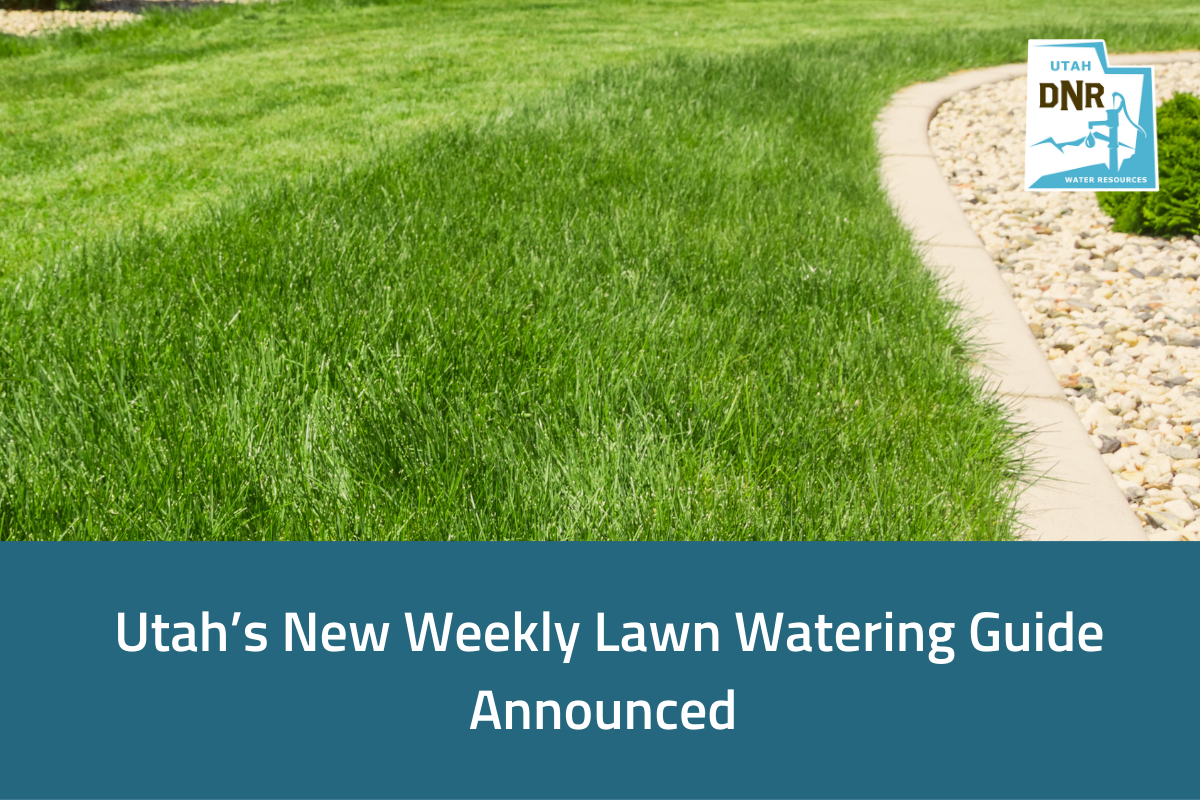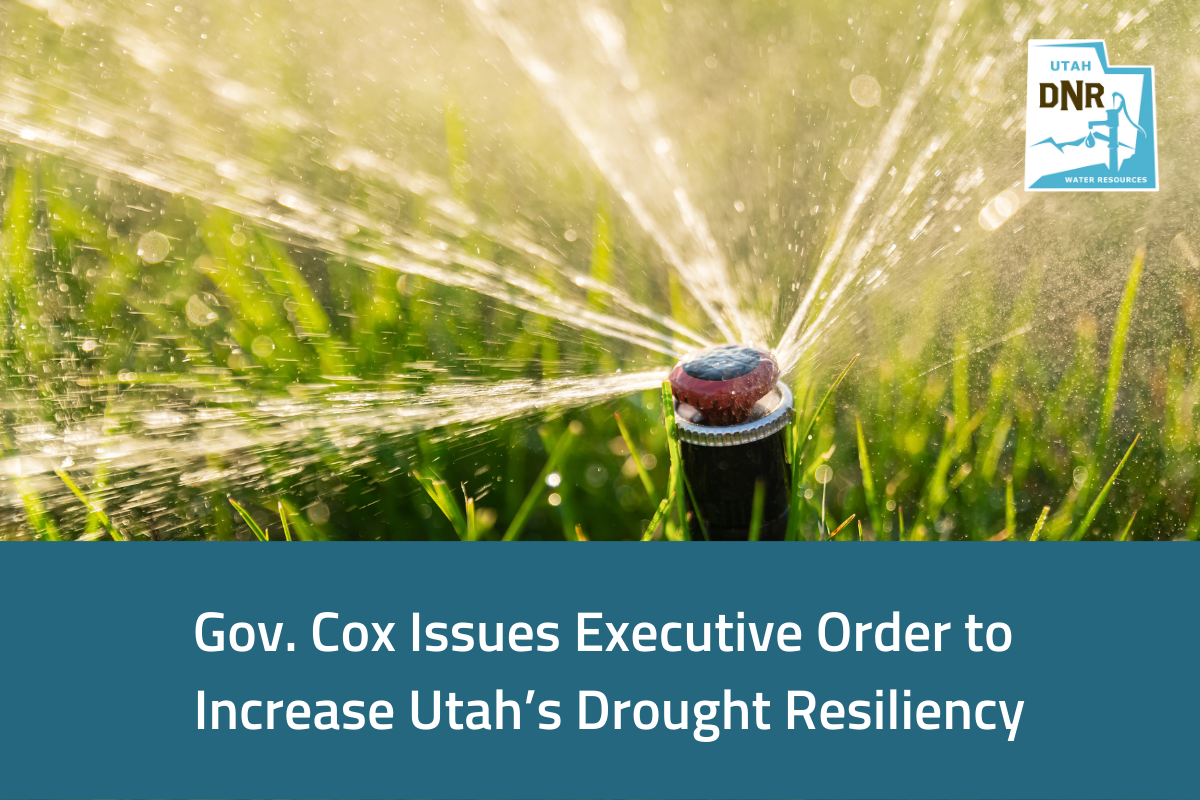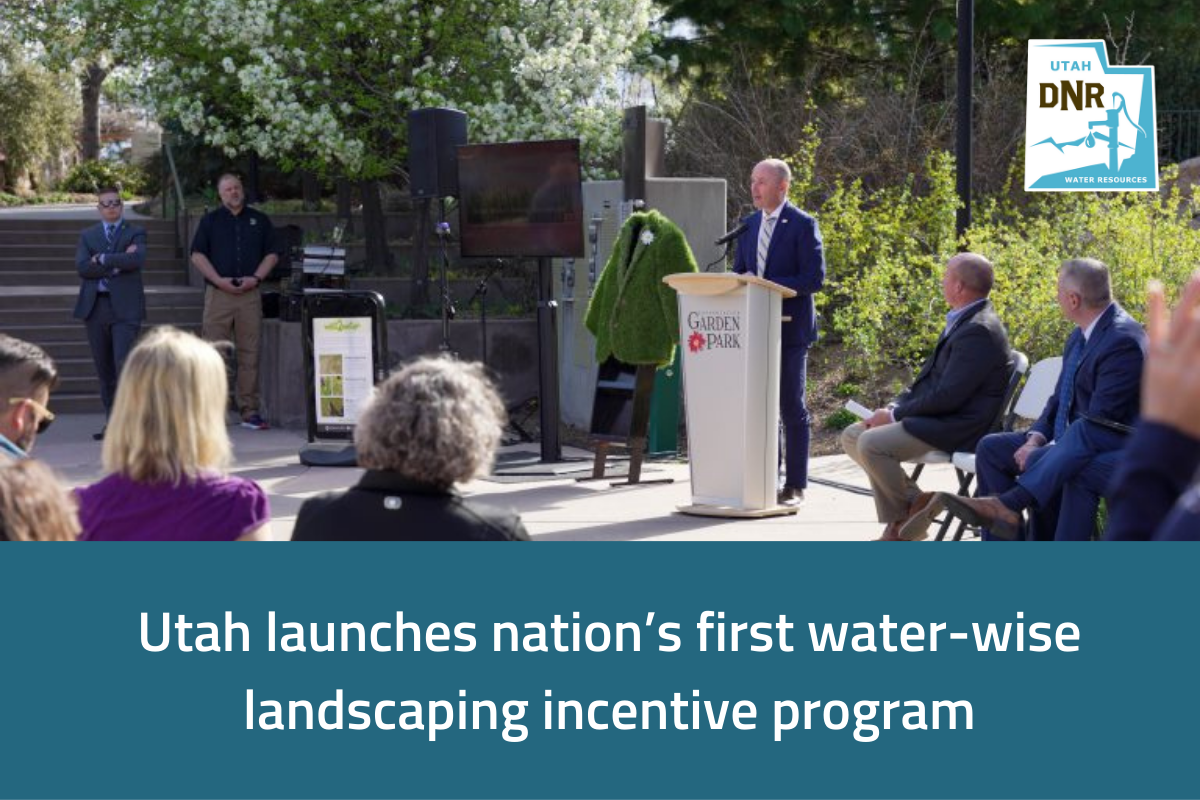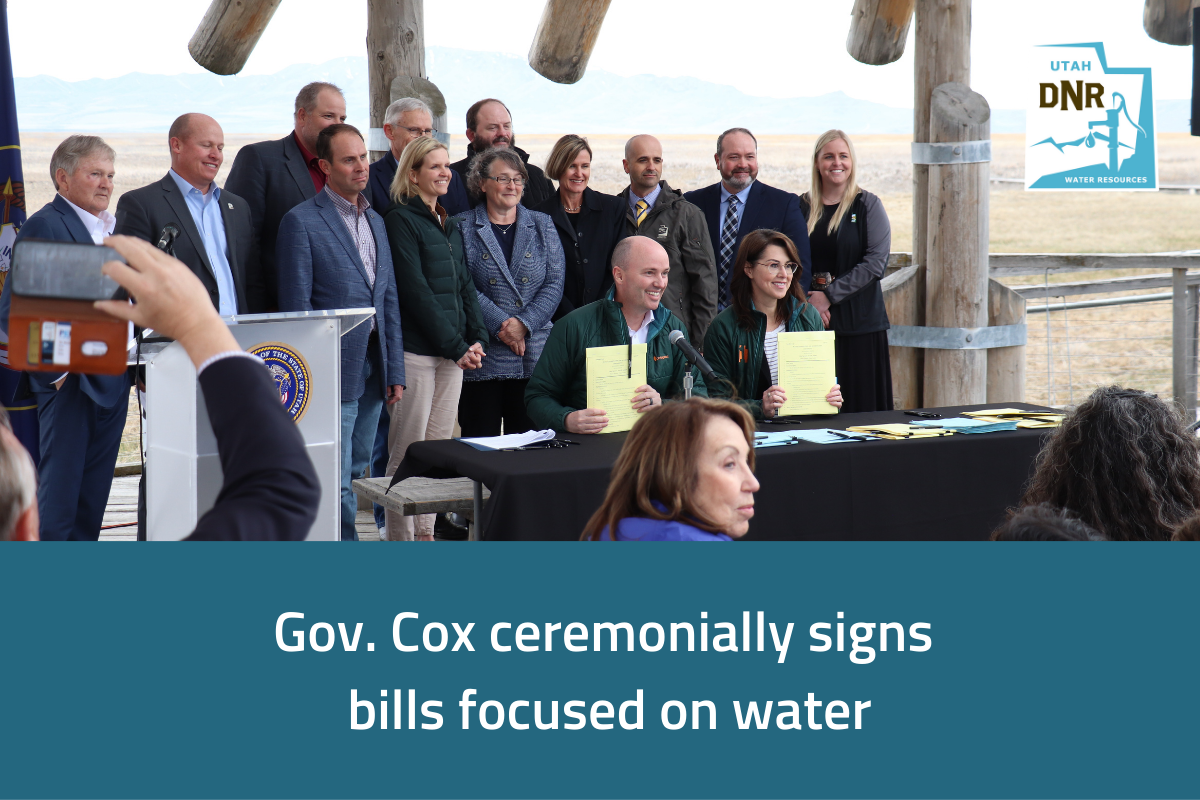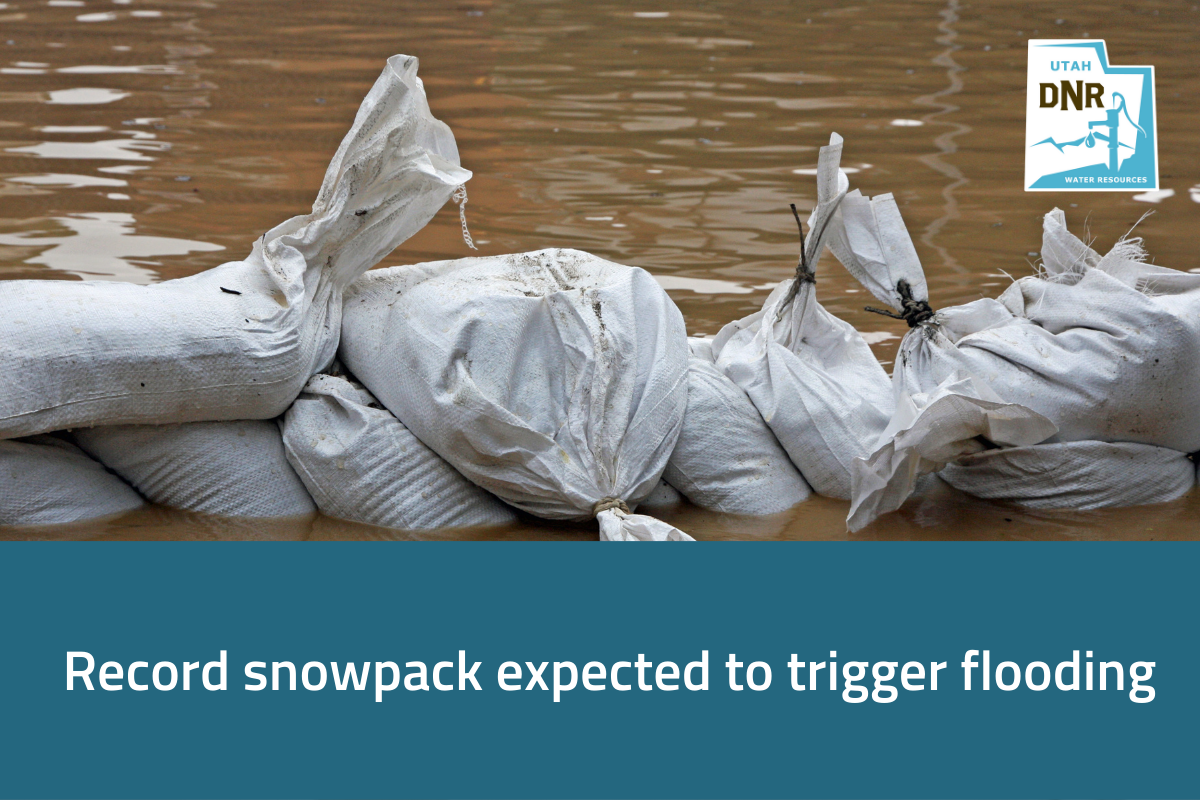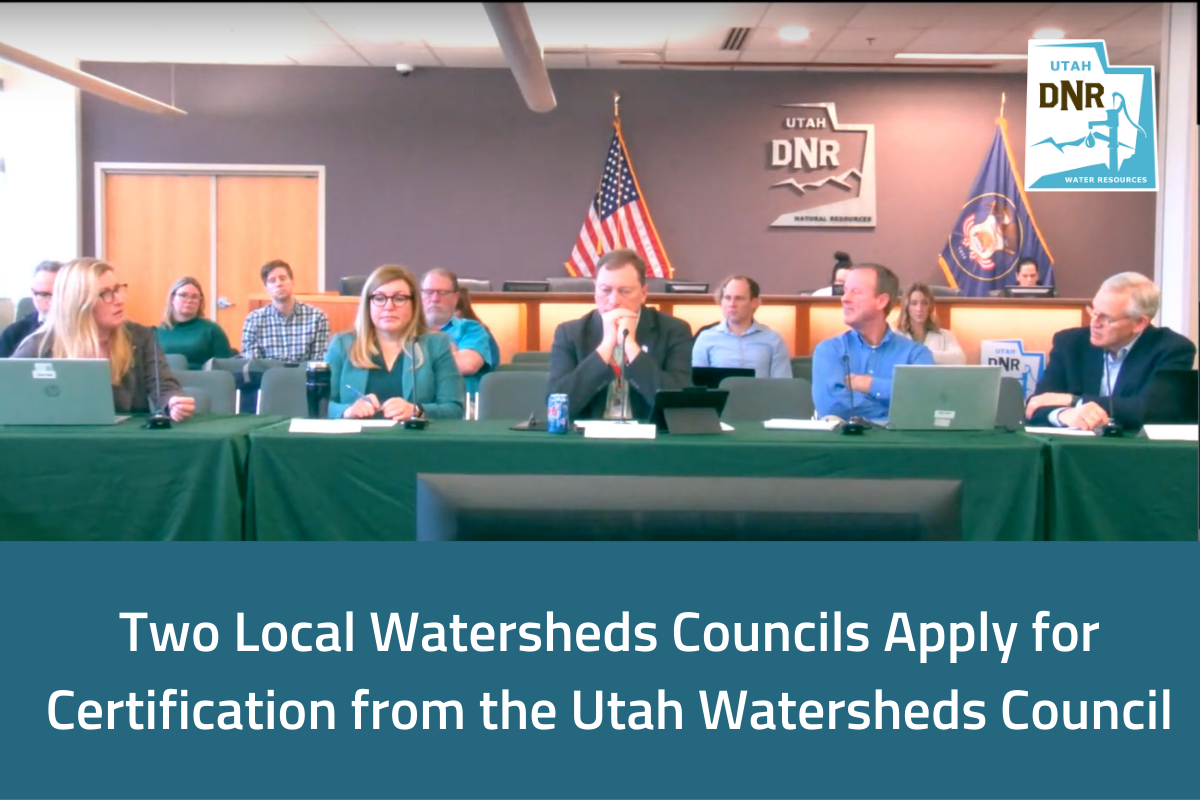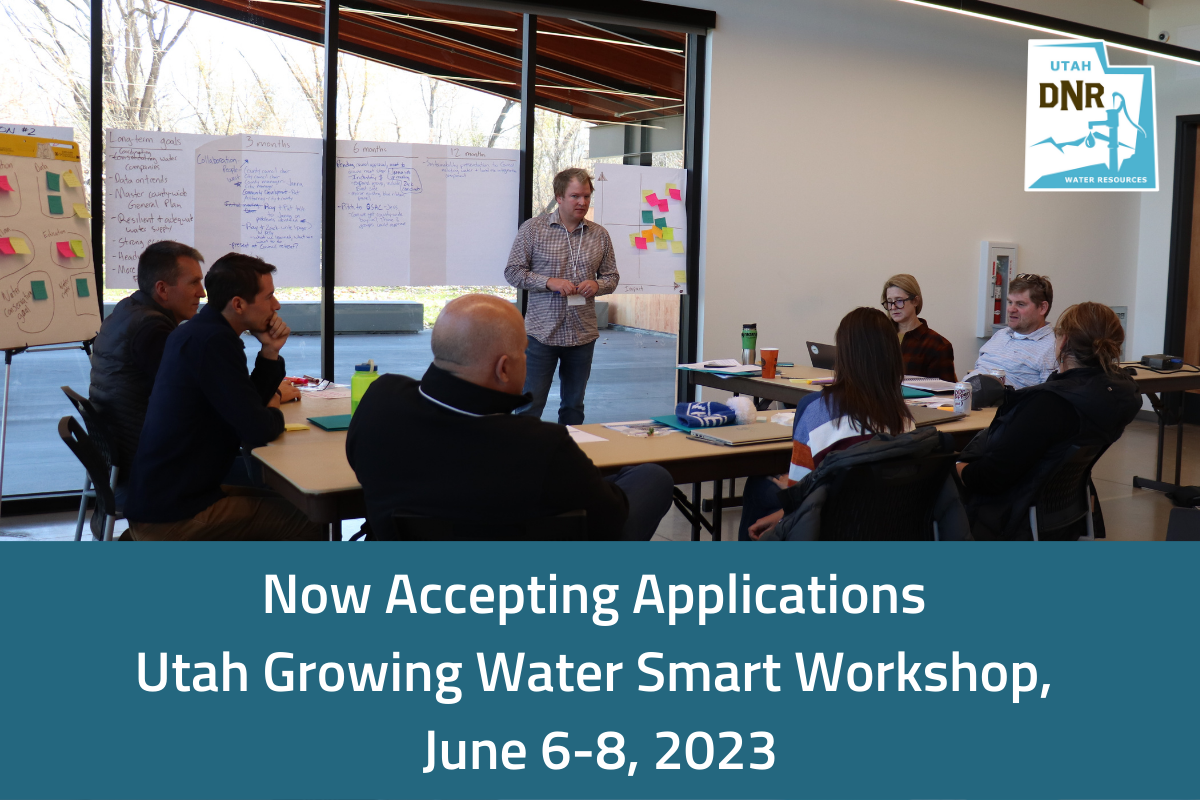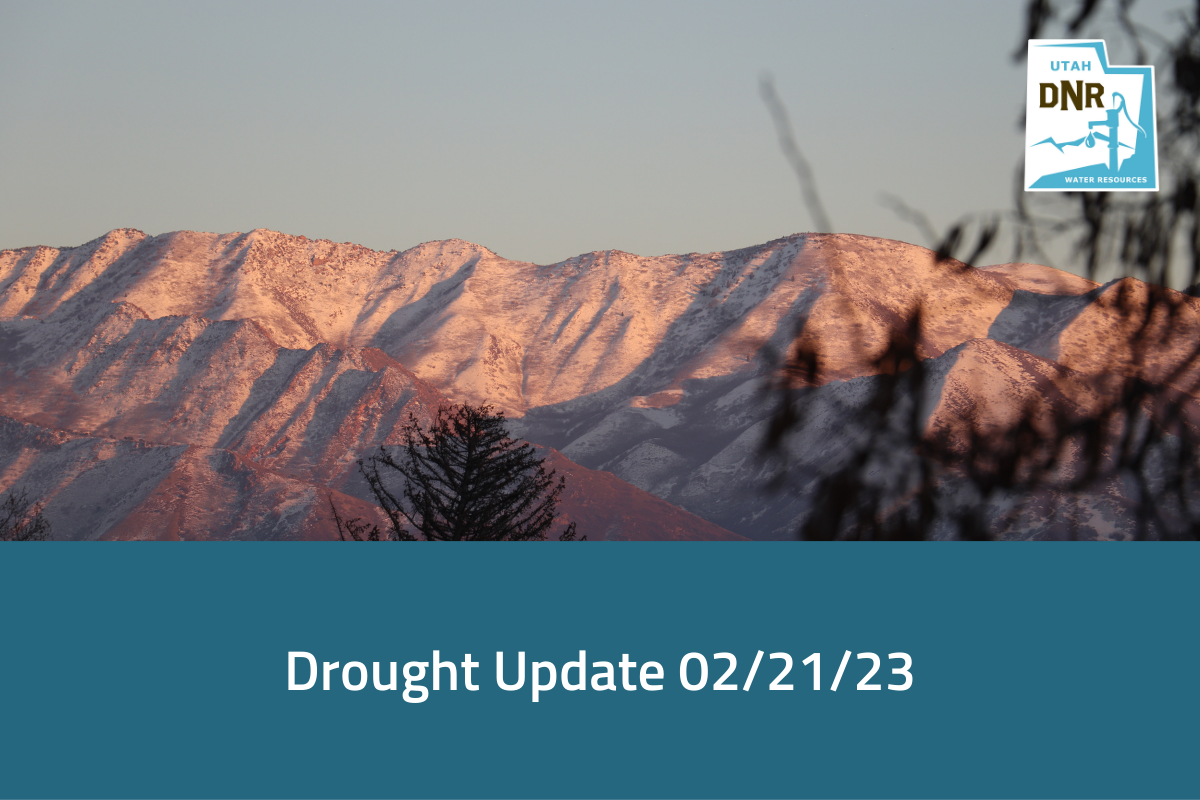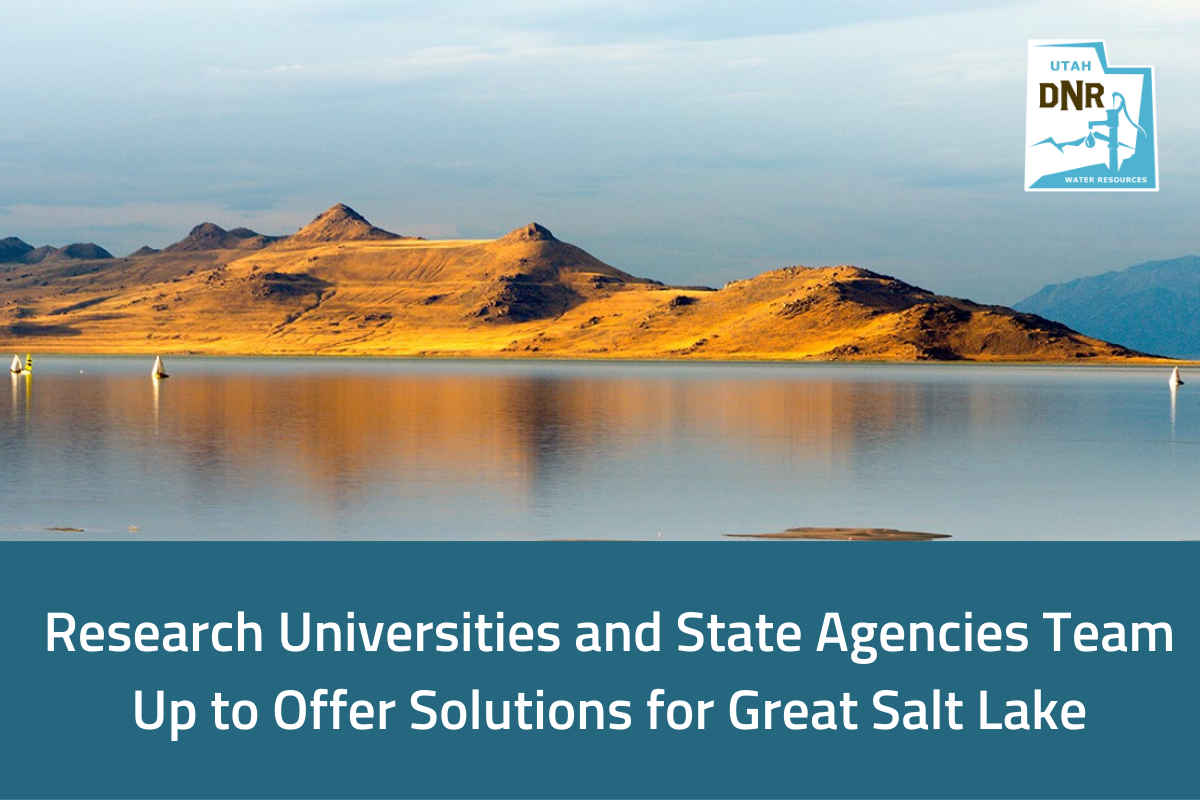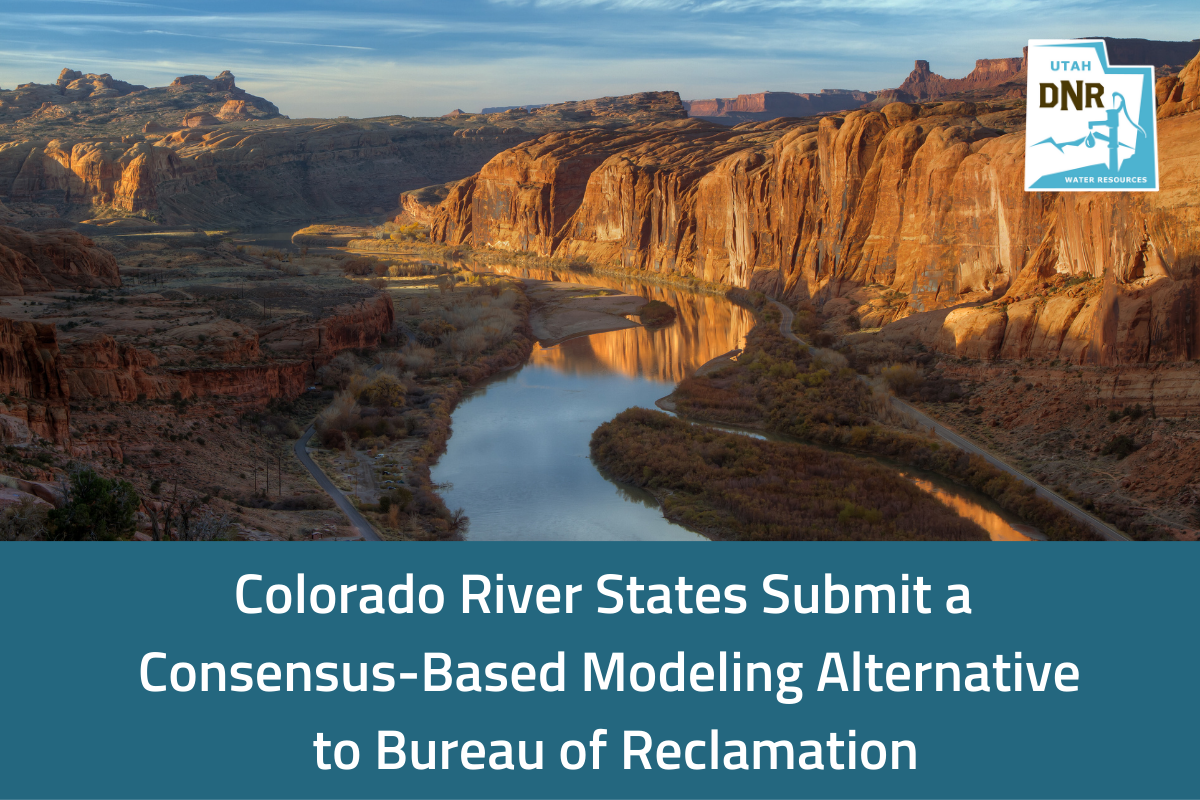SALT LAKE CITY (May 15, 2023) – The Utah Division of Water Resources’ Weekly Lawn Watering Guide, continues to provide valuable guidance to residents. This past week, an additional, Low Water Use Guide was added alongside the traditional guide which includes recommendations specifically for lower water use grass varieties.
(more…)Gov. Cox Issues Executive Order to Increase Utah’s Drought Resiliency
Published 05-10-23
SALT LAKE CITY (May 10, 2023) – Gov. Spencer Cox has issued an executive order requiring water conservation at state facilities with the goal of increasing Utah’s drought resiliency.
Under Executive Order 2023-07, each state agency will assess its compliance with water conservation requirements for state facilities, coordinate with the Division of Facilities Construction and Management and the Division of Water Resources to implement and follow those requirements, and follow the Division of Water Resources’ weekly watering guide.
(more…)Utah launches statewide water-wise landscaping incentive program
Published 05-01-23
West Jordan, UT (May 1, 2023) – Utah residents can now receive up to $3 per square foot when they replace their grass with water-efficient landscaping. The state of Utah is rolling out the nation’s first statewide landscape incentive program Monday, May 1, at 9:30 a.m. at the Conservation Garden Park, 8275 S. 1300 West, West Jordan.
(more…)Gov. Cox ceremonially signs bills focused on water
Published 04-26-23
SALT LAKE CITY (April 25, 2023) — For the second year in a row, the legislative session concluded with significant investments targeting water conservation, efficiency and infrastructure. Our record-breaking winter that delivered the deepest snowpack in state history has certainly helped with our drought conditions, but there’s still a ways to go. These bills will help Utah become more waterwise and drought resilient. Here are some highlights:
(more…)Record snowpack expected to trigger flooding
Published 04-14-23
SALT LAKE CITY (April 14, 2023) —Record snowpack across the state has increased the potential for flooding, landslides and debris flows in some areas. Snowpack peaked at 30 inches of snow water equivalent this year versus 12 inches last year (15.8 inches is the statewide average peak). Runoff has begun. A gradual warmup and cooler nighttime temperatures are best for optimal runoff and also flood management.
(more…)Two local watersheds councils apply for certification from the Utah Watersheds Council
Published 04-11-23
Stakeholders come together to collaborate on critical water issues
SALT LAKE CITY, UT (April 11, 2023) – The Bear River and Jordan River watershed councils will apply for certification from the Utah Watersheds Council on April 12 at 9 a.m. at the Department of Natural Resources in Salt Lake City. If granted, this certification will make them the first functioning local watershed councils under the Utah Watersheds Council Act.
(more…)Now Accepting Applications Utah Growing Water Smart Workshop, June 6-8, 2023
Published 02-24-23
(Feb. 24, 2023)
The Division of Water Resources is pleased to support the Utah Growing Water Smart Program in conjunction with Babbitt Center for Land and Water Policy, a Center of the Lincoln Institute of Land Policy, Western Resource Advocates, and Utah State University’s Center for Water-Efficient Landscaping. Learn more about the June workshop by visiting Growing Water Smart.
(more…)Drought Update 02/21/23
Published 02-21-23
SALT LAKE CITY (Feb. 21, 2022) – Utah’s snowpack is currently above the April peak. More snowstorms, such as the one forecasted this week, are needed to keep our snowpack above average. Many reservoirs are expected to fill, while larger water bodies will take multiple years of above-average snowpack to fill. Cold temperatures and an effective melt are needed to begin refilling reservoirs.
(more…)Research universities and state agencies team up to offer solutions for Great Salt Lake
Published 02-16-23
Analysis includes a data repository, research, and policy options that will help return the lake to healthy levels
February 8, 2023 (Salt Lake City) – Declining water levels of Great Salt Lake threaten economic activity, local public health, and ecosystems. In response to this emergent statewide challenge, Utah’s public research universities formed the Great Salt Lake Strike Team, a collaboration of experts in public policy, hydrology, water management, climatology, and dust. Today they released a Great Salt Lake Policy Assessment that affirms the situation is urgent, but also identifies a variety of policy levers that can return the lake to healthy levels.
(more…)Colorado River States Submit a Consensus-Based Modeling Alternative to Bureau of Reclamation
Published 01-31-23
Six states reach consensus on criteria for environmental review to help protect lakes Powell and Mead
January 30, 2023 – Today, states sharing the Colorado River submitted a letter to the Bureau of Reclamation (Reclamation) that outlines a Consensus-Based Modeling Alternative for Reclamation to evaluate and incorporate into its development of a Supplemental Environmental Impact Statement (SEIS) to revise current Operating Guidelines (’07 Guidelines) for Glen Canyon Dam at Lake Powell and Hoover Dam at Lake Mead.
(more…)
